Marché de Tongin (통인시장)
2.1Km 2022-12-13
18, Jahamun-ro 15-gil, Jongno-gu, Seoul
+82-2-722-0911
Le marché de Tongin a été crée en juin 1941 sous l’occupation japonaise. Après la guerre du 25 juin, le région de Seochong a connu une hausse de la consommation causée par la soudaine croissance démographique. Des boutiques et des magasins se sont créés sous forme de marché public.
Le marché public Tongin se compose de 75 restaurants dont principalement des restaurants et des magasins de banchans (petits plats d'accompagnements) qui livrent des produits frais : poissons, fruits et légumes. D’autres commerces de vêtements, chaussures et retouches sont présents sur le marché.
Musée des gâteaux de riz (떡박물관)
2.1Km 2021-10-06
71, Donhwamun-ro, Jongno-gu, Seoul-si
+82-2-741-5447
Le musée des gâteaux et articles de cuisine traditionnels expose par thème et usage une collection d’environ deux milles pièces depuis des articles de cuisine en voie de disparition jusqu’aux objets relatifs aux gâteaux. C’est un endroit qui vous permettra de comparer les cuisines et habitudes culinaires d’hier et d’aujourd’hui. La plupart des objets exposés ici ont été taillés, tressés et tissés à la main. Quoique simples, ces articles reflètent divers aspect de la vie du peuple qui y tenait beaucoup. Ce musée évoque souvenirs et nostalgie aux personnes âgées, alors que les citadins et les jeunes générations peuvent y découvrir la vie et la sagesse des ancêtres à travers divers ustensiles de cuisine qui disparaissent de plus en plus de nos jours.
Café de gâteaux de riz Jilsiru (떡카페 질시루)
2.1Km 2020-04-24
30-5, Insadong-gil, Jongno-gu, Seoul-si
+82-2-741-0258
Jilsiru propose d’exquis gâteaux de riz et des petits gâteaux coréens traditionnels faits avec du riz de Gyeoggi et des ingrédients naturels dans le respect de l’environnement. Cet endroit fascinant vous permet de déguster des gâteaux de riz traditionnels et des thés sains, et de profiter de la beauté de la culture traditionnelle.
Moonguesthouse [Korea Quality] / 문게스트하우스 [한국관광 품질인증]
2.1Km 2020-09-09
31-18, Samil-daero 32-gil, Jongno-gu, Seoul
+82-2-745-8008, +82-10-8704-9981
The Moon Guesthouse is situated near a number of interesting tourist destinations including Unhyeongung Palace (3min on foot), Bukchon Hanok Village (5min on foot), Changdeokgung Palace (5min on foot), and Changgyeonggung Palace (10min on foot). The guesthouse was named ‘moon’ (‘door’ in English) because it has many 176 doors and windows. Upon entering by the gate, visitors will see a ‘ㄷ’-shaped hanok building in the courtyard, in which a wooden bedstead and a table are placed. On the opposite of the hanok building there is a wall roofed with tiles engraved with Korean patterns such as deer, pine, turtle, etc. Flowers in the flowerbed lined up along the wall are in bloom and the bonsai are also well-kept in the house. Renovated and opened as a guesthouse in September 2011, Moon Guesthouse consists of a bonchae (main building) and a byeolchae (detached house). The rooms are decorated with red clay and hanji (traditional Korean paper handmade from mulberry trees), and have under-the-floor heating (ondol). Each room is equipped with an air-conditioner, and has a 40cm-thick layer of red clay over the ceiling for insulation, making the rooms cool in summer and warm in winter. The house has seven individual guestrooms and five modern bathrooms, but the entire building (bonchae or byeolchae) can be rented, too. In particular, the unhyeondang of the bonchae is very popular as it can be converted into one large space for special events, group workshops, etc. simply by opening all the sliding doors (Bunhapmun – Goryeo construction style). This room, which is decorated with a flower-patterned windscreen, a landscape painting, and calligraphy, has been used as a shooting location for various TV programs including KBS2’s TV reality program Man’s Qualification and its variety show The Human Condition. The guestrooms are also equipped with traditional furniture including a cabinet inlaid with mother-of-pearl. The guesthouse also provides a variety of experience programs from 11am to 3pm, including tea ceremony, wearing Hanbok (traditional Korean clothes), making kimchi and gochujang (red chili paste), playing a traditional musical instrument, making a rubbing of a stone inscription, calligraphy, drawing orchids on a fan, and so on. The house has about seventy hanbok and other clothing accessories, as well as a royal costume. Its calligraphy and drawing orchid programs are run directly by the owner, who used to work as a classical Chinese teacher at a high school.
Jalppajin Memil - Ikseon Branch (잘빠진메밀 익선)
2.1Km 2021-03-19
73, Yulgok-ro8-gil, Jongro-gu, Seoul
+82-70-4531-1214
This is a Korean cuisine located in Jongno, Seoul. Try various kinds of makgeolli. The best menu at this restaurant is dumpling hot pot.
Hostel Tommy (호스텔 토미)
2.1Km 2021-05-27
66, Donhwamun-ro, Jongno-gu, Seoul
+82-2-744-6844
Hostel Tommy is located in the Jongno district, right in the middle of Seoul. The location is within walking distance from some of the major tourist attractions such as Changdeokgung Palace, Samcheong-dong, Insa-dong, Cheonggyecheon Stream, Myeong-dong, and Dongdaemun Shopping Center. Jongno 3-ga Station (Seoul Subway Line 1, 3 & 5) and the Airport Bus Stop are also easily accessible from the hostel, making travel by public transportation convenient. The hostel provides free international calls and wireless internet access to guests. Friendly and helpful staff that speak English, French, or Japanese are always available to make sure guests have a comfortable stay. All rooms have a bathroom, mini-fridge, TV, towels, and a hair dryer. Toast, eggs, coffee, juice and jam are served for breakfast every morning.
Hwangsaengga Kalguksu (황생가칼국수)
2.1Km 2020-08-04
78, Bukchon-ro 5-gil, Jongno-gu, Seoul
+82-2-739-6334
Hwangsaengga Kalguksu, one of the most popular restaurants on Samcheongdong-gil, offers authentic homemade kalguksu, wang mandu (extra-large dumpling) and kongguksu (noodles in cold soybean broth).
Magasins des produits électriques de Sewoon (Sewoon Jeonja Plaza) (세운전자상가(세운전자플라자))
2.1Km 2023-08-25
159, Cheonggyecheon-ro, Jongno-gu, Seoul
+82-2-2271-2344
Les magasins de la zone 'Sewoon Electonics Department Store' sont réputés pour proposer une multitude de produits électroniques, première zone du genre avant l'apparition de 'Yongsan Electronics Department Store'.
Parc Hyochang à Séoul (서울 효창공원)
2.1Km 2023-04-07
177-18, Hyochangwon-ro, Yongsan-gu, Seoul
+82-2-2199-8823
Hyochang parc couvre 122 245 mètres carrés enjambant Hyochang-dong et Cheongpa 2-dong. Il est un point de repère historique qui contenait plusieurs tombes royales, et était connu à l'époque comme Hyochangwon. Les cimetières qui ont été à l'origine situés dans le Hyochangwon appartenaient au prince héritier Munhyo (premier fils du roi Jeongjo, décédé seulement à l'âge de cinq ans), à la concubine royale du roi Jeongjo et la mère du prince héritier Munhyo et sa fille, la princesse Yeongon. Les tombes royales ont été déplacés à Seooreung tombes dans les derniers mois de la période coloniale japonaise. L'empire japonais a commencé le développement de Hyochangwon dans un parc en 1924, et le gouverneur général japonais a officiellement confié le site comme un parc en 1940.
Actuellement, plusieurs des plus grands dirigeants de la Corée sont enterrés dans le parc Hyochang. Les restes appartiennent pour la plupart à des militants indépendantistes y compris Yoon Bong-gil, Lee Bong-chang, et Baek Jeong-gi, dont les tombes sont regroupées sous l'appellation "Samuisa-myo" (tombes des trois martyrs). Une statue de Lee Bong-chang a été construite dans le cimetière. Parmi les autres martyrs patriotes qui sont enterrés dans le parc sont Kim Gu et quelques-unes des figures de proue du gouvernement provisoire comme Lee Dong-nyeong, Cha I-seok, Cho Seong et-hwan. Un temple ancestral nommé Uiyeolsa a été construit le long de la porte principale et détient les portraits des militants indépendantistes décédés.
Pildong Myeonok (필동면옥)
2.1Km 2021-03-30
26, Seoae-ro, Jung-gu, Seoul
+82-2-2266-2611
Most foods from the northern region are characterized by their mild taste. In particular, Pyeongyang-style cold buckwheat noodles has a milder flavor compared to Hamheung-style cold noodles. Pildong Myeonok's cold buckwheat noodles may taste bland for those who are used to stronger flavors or seasonings, but it is praised by others who prefer mild flavors. The refreshing after taste of broth and chewy noodles are enough to delight one's tastebuds.
Pyeongyang-style dumplings is another popular dish at Pildong Myeonok.

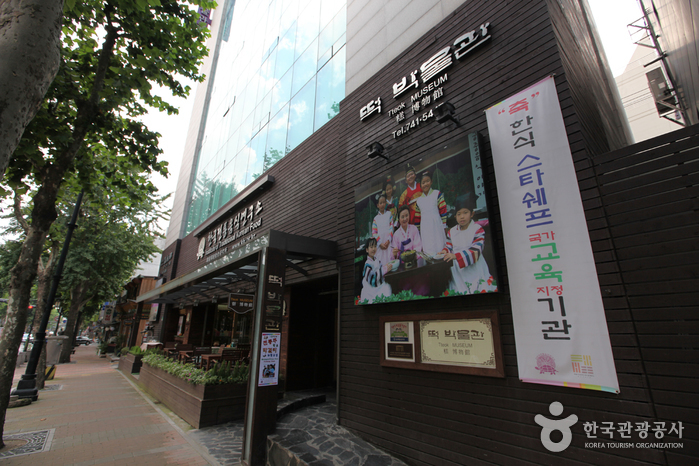
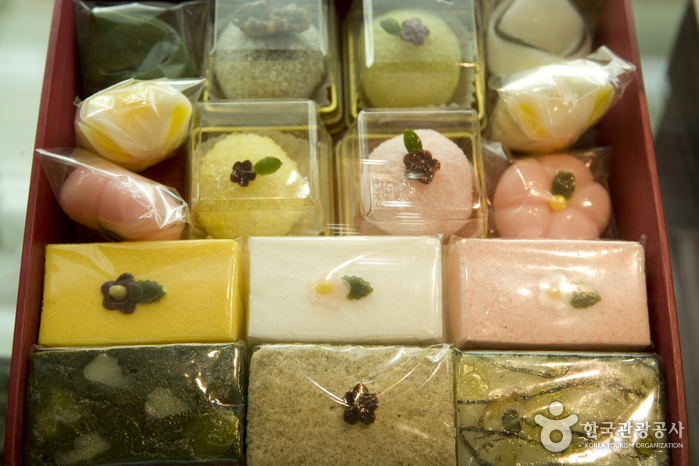
![Moonguesthouse [Korea Quality] / 문게스트하우스 [한국관광 품질인증]](http://tong.visitkorea.or.kr/cms/resource/09/2577509_image2_1.jpg)
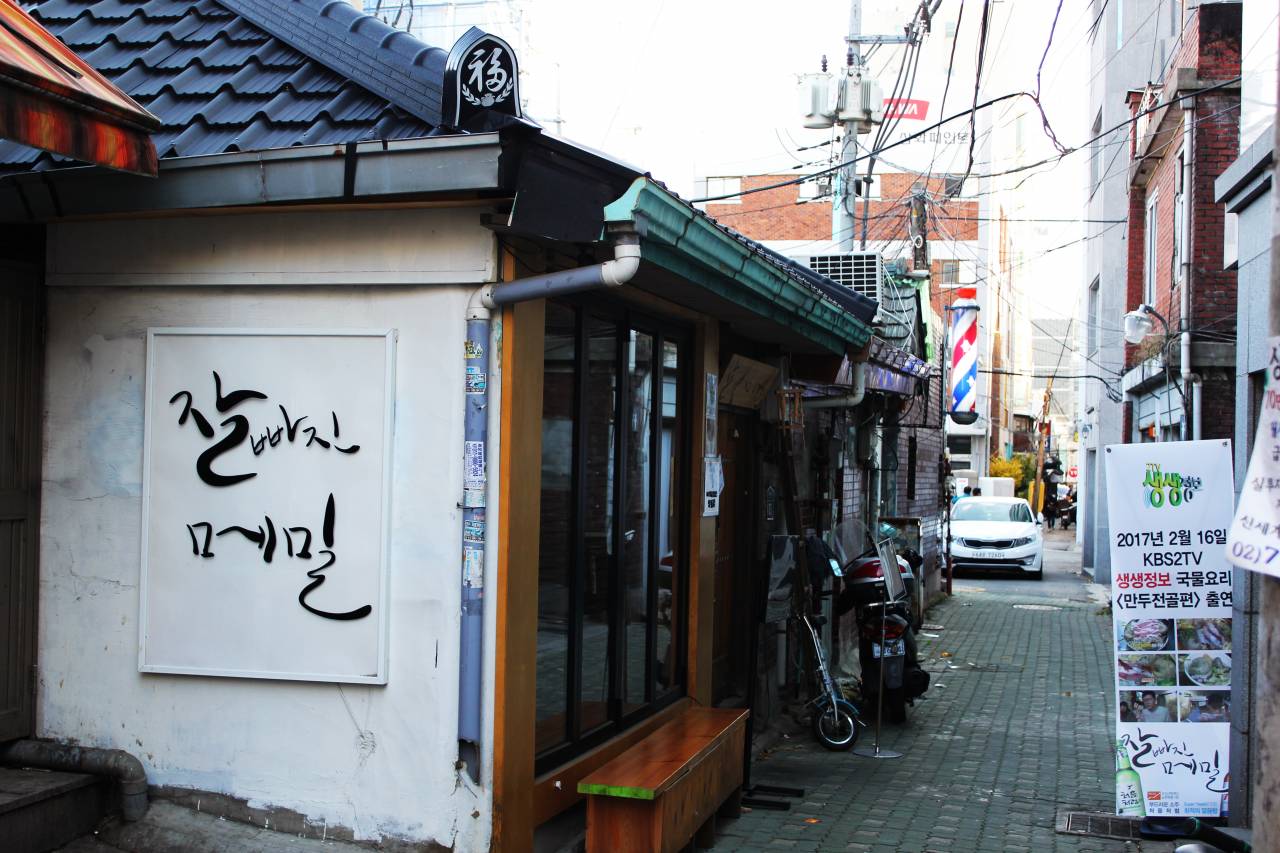
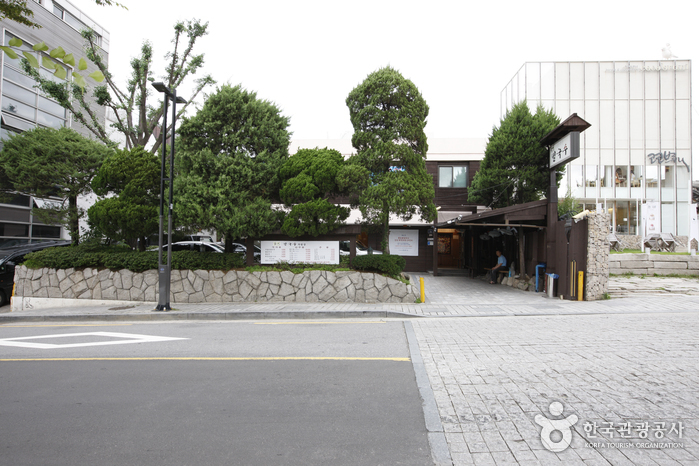
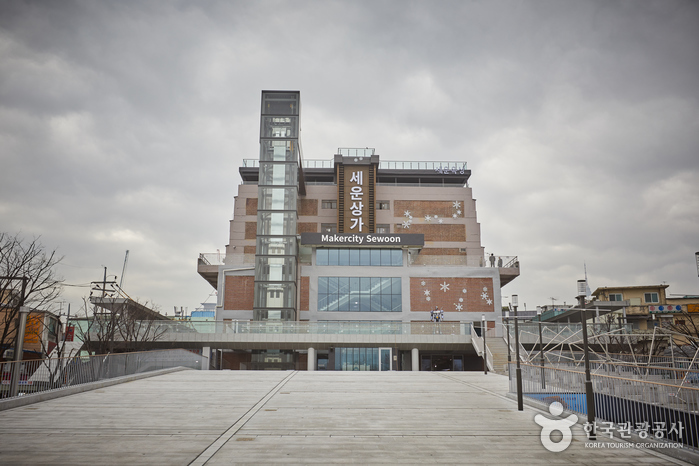
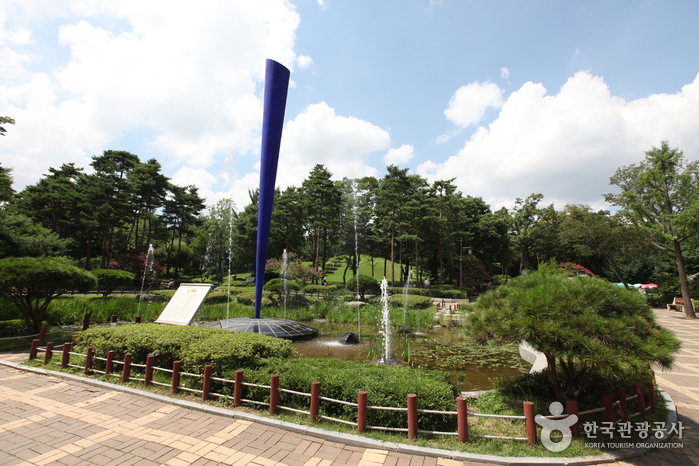
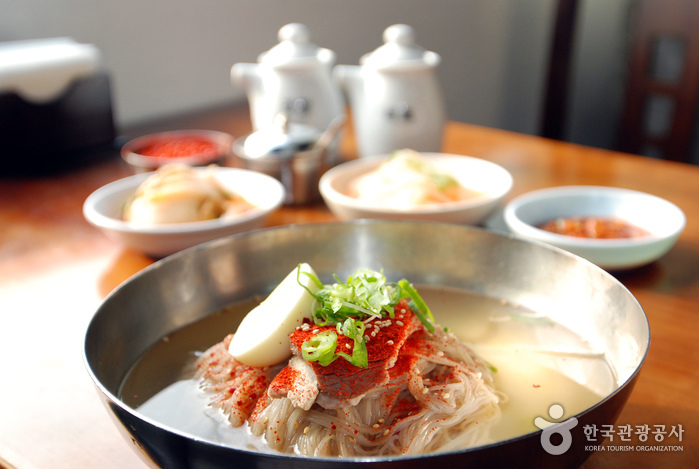
 Français
Français
 한국어
한국어 English
English 日本語
日本語 中文(简体)
中文(简体) Deutsch
Deutsch Español
Español Русский
Русский